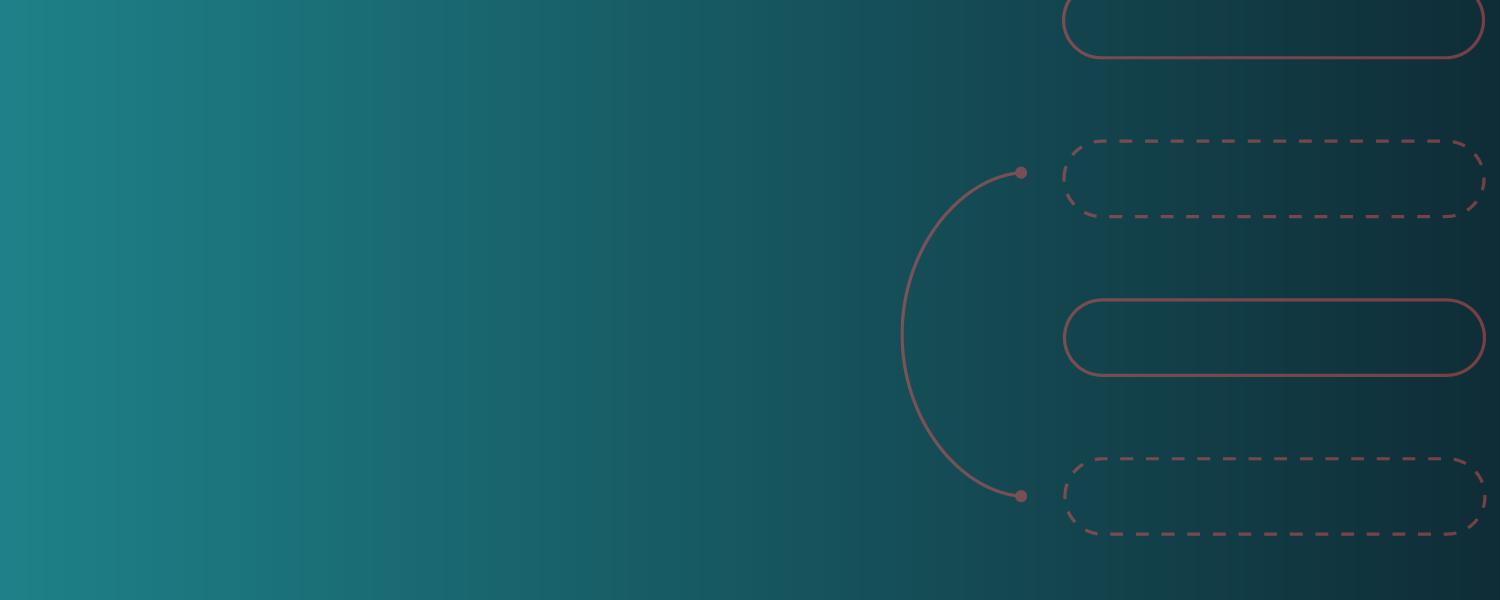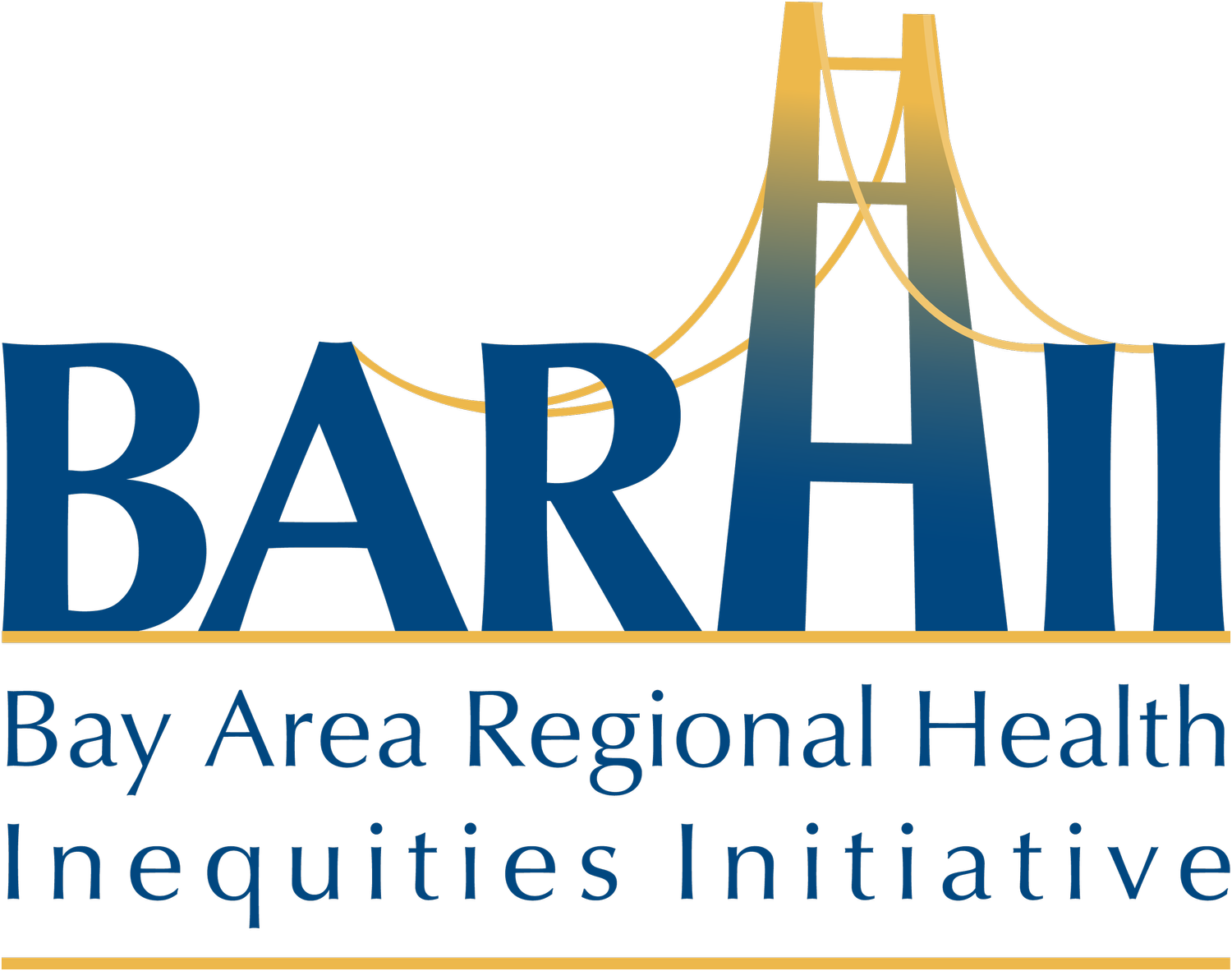
Past Work
I’ve worked with dozens of nonprofits to create real change.
My wide-ranging background includes everything from six-hour engagements with tiny organizations to large strategy projects for multi-million dollar nonprofits, and everything in between.
Recent Coaching Projects
Strategy and Coaching for Online Eviction Defense Tool
With a strategic planning process and ongoing coaching support, guided VPLC's eviction program from a traditional hotline to a cutting-edge online tool to provide in-court defense resources. View a detailed case study of this project >
Work included:
Interviewing key stakeholders and facilitating workshops to define the online tool's structure
Recommending a practical implementation plan and budget
Coaching the team through the selection of a website development firm and technology platform
In weekly calls, aiding with user research design, framing questions and emails to the website development firm, rollout, and more.
The new platform debuted in May 2024, on time and on budget, enabling VPLC to assist significantly more individuals facing eviction.
Quick Website Coaching for National Health Equity Lab
Reimagined BARHII's single-page website to better highlight their health equity work, within limited staff and time constraints
Over the course of just a few phone calls, the work included:
Conducting strategic discussions to understand the Lab's objectives, target audiences, and desired calls to action
Developing a quick content engagement model to guide visitors through more engaged interactions with the site, courses, and Lab offerings
Defining an updated website structure within their existing platform to better showcase their work and encourage sign-ups
Connecting the organization with skilled independent developers to implement the website updates
The revamped website section, when launched, will boost the Lab's online presence, fostering a deeper understanding of their health equity initiatives among visitors, driving increased course enrollments, and amplifying their impact in the field.
Strategic Consulting and Coaching for Online Legal Resources
Providing ongoing consulting and coaching to Oregon Law Help to enhance their online legal resources and support processes on an as-needed hourly basis.
Work includes supporting the team as they:
Create a user testing roadmap for evaluating usability and content clarity — including hands-on coaching for the team to conduct user testing
Define metrics for both strategic and day-to-day website tracking
Create strategies for effective web firm communications and stakeholder management
Develop a comprehensive content development process involving multiple external partners
Analyze detailed SEO challenges — including finding solutions to improve online visibility
Through this collaborative engagement, Oregon Law Help continues to refine and optimize their digital platform, increasing the usage, coverage and clarity of their critical legal information.
Recent Website Strategy Projects
Crafted a comprehensive website strategy to power EDF's new initiative helping businesses turn climate commitments into tangible action, while working with the web agency, Constructive.
Work involved:
Designing and leading a series of collaborative workshops with EDF and the website agency Constructive
Defining clear objectives, target audiences, and audience-specific goals for the website
Proposing innovative features like customized "Pathways" to guide businesses
Creating page-level outlines and established core guiding principles for the site
Delivering a full website strategy to support the launch of the Net Zero Accelerator
Over an accelerated four-week timeline, I worked closely with the EDF and Constructive teams to transform the initial concept into a detailed, actionable website strategy. The core content and structure was developed and businesses are now able to track and measure the progress of their climate commitments.
Website Strategy for EDF's Net Zero Action Accelerator
Website Strategy and Coaching for ASPCA's Online Learning Platform
Transitioned the ASPCAPro online learning platform to a more user-friendly and impactful approach through a strategic planning process and ongoing coaching, while working with the web agency, Capellic.
Work included:
Conducting user research and stakeholder interviews to uncover audience needs and organizational goals
Analyzing comparable online learning websites to identify best practices
Facilitating strategic workshops to reimagine the platform's structure, features, and content
Developing high-level diagrams and models for the new online learning approach
Creating a comprehensive project budget and user testing plan
Through this collaborative process, I helped the ASPCA team envision an enhanced online learning hub that made relevant training resources easily accessible for animal shelter professionals, while still allowing exploration of the full catalog of materials. I continue to provide ongoing coaching to support the team in bringing this new vision to life.
Website Strategy, Research, and Content for Ohio Legal Help
Led an extensive user-focused process to develop a cutting-edge, mobile-first legal help platform for low-income Ohioans.
Work included:
Conducting extensive desk research on access to justice best practices from academic sources
Leading user interviews and testing on comparable legal aid websites in other states
Collaborating with stakeholders to define a first-of-it’s-kind mobile-first "quiz" experience
Managing writers and document assembly specialists to create all of the 2021 launch content
Overseeing extensive user testing to validate the platform's unique design and approach
The resulting legal help website uses a simple, mobile-first interface to connect low-income Ohioans with critical information and services. In the two years since launch, the Ohio Legal Help platform has assisted well more than a million users and was named in a report funded by The Pew Charitable Trusts as one of four key legal aid “exemplar sites.”
And More…
In addition to my website strategy and coaching engagements, I've led a number of initiatives and specialized consulting projects for my nonprofit clients.
Founding Executive Director for tech nonprofit
Built the nonprofit over ten years from an unfunded start-up to the premiere national organization that provided approachable research and training to help nonprofits make smart technology decisions.
Sophisticated websites on a shoestring budget
Ran a small consulting firm that created beautiful and feature-rich websites for nonprofits on limited budgets. For each of about a dozen clients, defined features and sitemaps, and oversaw development.
Large scale research project on non-profit results data
Designed and led research into the ecosystem of nonprofit program results data, including 33 interview and two surveys. We published survey results, mapped the results data landscape, and created recommendations for action.
Product strategy and design
Created a vision, detailed design documents, and then managed the build of a complex new fundraising platform for nonprofit clients.
Engagement and income modelling
Developed quantitative models to drive user engagement and long-term platform sustainability for an innovative global nonprofit funding marketplace.
Search engine optimization
Investigated technical SEO issues, designed a keyword and content strategy, and worked with the team to create an action plan for updates.













